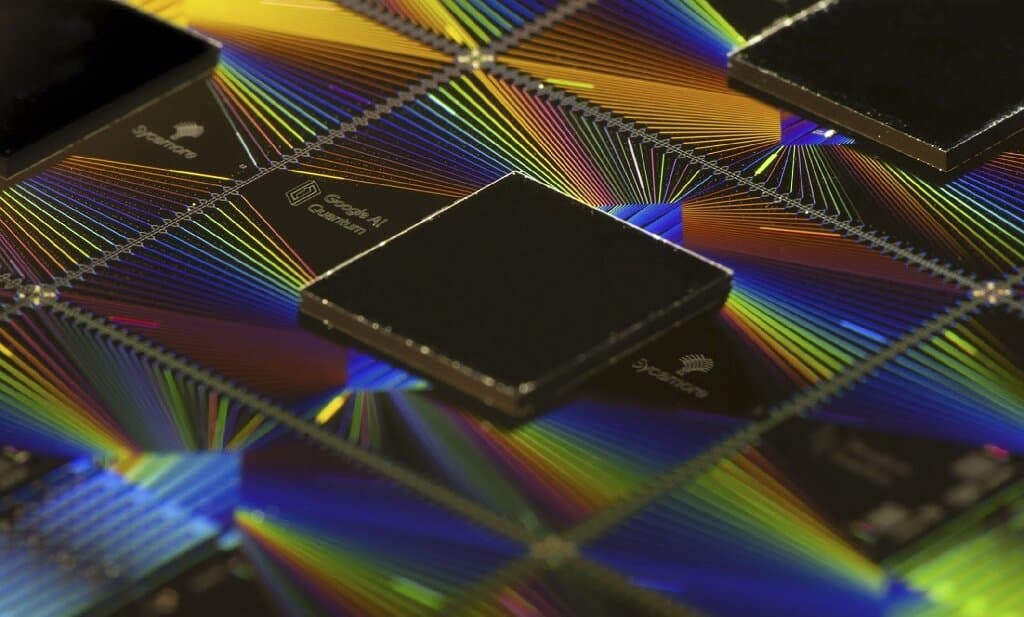Milestone in Quantum Computing Achieved

Researchers have made significant strides in the field of quantum computing. They have successfully integrated 1,024 silicon-based quantum dots with both digital and analog on-chip electronics. This groundbreaking work operates at cryogenic temperatures, specifically below 1 Kelvin. This innovation is expected to propel the development of scalable quantum computing systems. For years, these systems have struggled to balance scalability, performance, and energy efficiency. The new integration method offers a promising solution to these challenges while remaining compatible with standard silicon manufacturing techniques.
System Combines Quantum Dots and On-Chip Electronics
A team of researchers from Quantum Motion in London, led by Edward J. Thomas and Virginia N. Ciriano-Tejel, conducted this pioneering research. Their findings were published in the journal Nature Electronics. The system they developed demonstrates the ability to connect room-temperature transistor behavior with the unique properties observed in cryogenic environments. This is a crucial advancement because it allows for the effective use of spin qubits within silicon quantum dots. These qubits are known for their high control fidelities, making them suitable for large-scale integration. The research paper highlights how this integration can bridge the gap between different operating conditions, which has been a significant hurdle in quantum computing development.
Key Role of Quantum Dots and Rapid Characterisation
The quantum dots utilized in this system are nanoscale structures specifically designed to trap and manipulate individual electrons. This capability is essential for the functioning of quantum computers. By incorporating these quantum dots into a high-frequency analog multiplexer, the researchers achieved rapid characterization of all 1,024 devices in under 10 minutes. This rapid assessment is made possible through the use of radio-frequency reflectometry, which ensures the integrity of the signals being measured. The study reports a remarkable signal-to-noise voltage ratio exceeding 75, achieved with an integration time of just 3.18 microseconds. This level of performance is critical for the reliable operation of quantum computing systems, as it allows for quick and accurate assessments of device functionality.
Implications for Cost-Effective Quantum Technology Development
The researchers employed automated machine learning tools to extract valuable parameters from the quantum dots. This approach provided insights into the performance and design of these devices. The use of machine learning is particularly beneficial as it helps researchers understand device variability and the factors that influence quantum dot yields. Notably, the study identified correlations between the performance of quantum dots at cryogenic temperatures and the behavior of transistors at room temperature. This discovery opens the door to more cost-effective optimization processes in quantum technology development.
As reported by phys.org, the implications of these findings are substantial. The researchers believe that their work could significantly reduce the cost and complexity associated with developing quantum technologies. If pre-cryogenic methods and process monitoring tools are refined further, the industry could see enhanced scalability and performance in quantum computing systems. This could lead to broader applications across various sectors, making quantum technology more accessible and practical for real-world use.
Observer Voice is the one stop site for National, International news, Sports, Editor’s Choice, Art/culture contents, Quotes and much more. We also cover historical contents. Historical contents includes World History, Indian History, and what happened today. The website also covers Entertainment across the India and World.
Follow Us on Twitter, Instagram, Facebook, & LinkedIn

